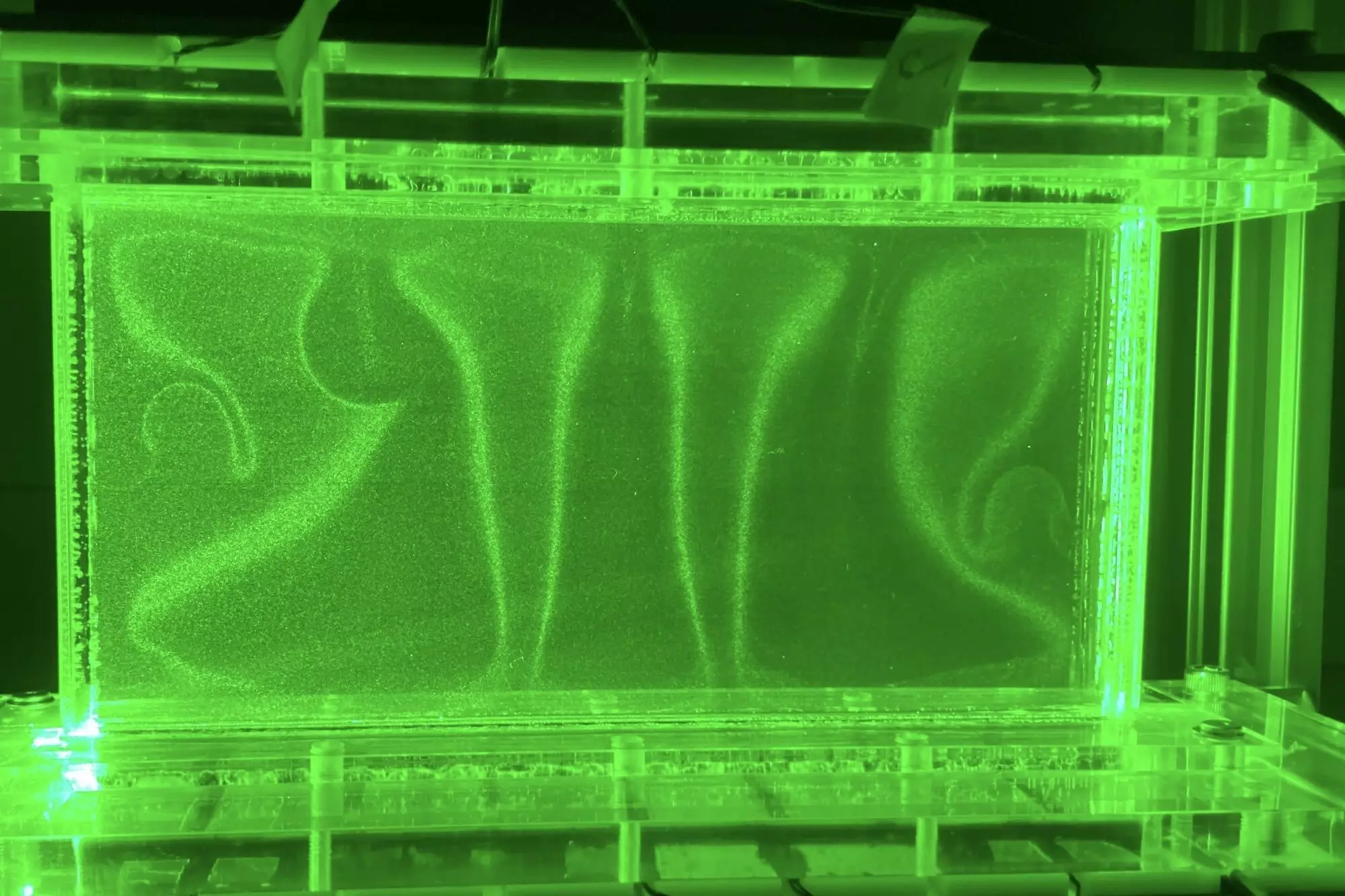In recent years, the air fryer has become an emblem of modern cooking convenience, simultaneously embracing our craving for quick meals and our desire for healthier options. Social media sites overflow with tantalizing videos showcasing how these ingenious devices can churn out crispy fries or perfectly roasted vegetables in a fraction of the time required by traditional methods. The pivotal appeal often touted is their ability to prepare food using far less fat than conventional deep frying, providing a guilt-free indulgence. Yet, while air fryers represent a contemporary culinary trend, the technology that powers them leans heavily on the principles of convection—an age-old concept that is just now being fully understood in novel, confined environments.
Convection: Nature’s Hidden Power
Understanding convection requires a deducing step into nature’s fundamental operating procedures. Pioneering research by Hugo Ulloa, a fluid dynamics expert at the University of Pennsylvania, sheds new light on the undercurrents of this fascinating phenomenon. Convection works on simple principles; when a fluid is heated from below, the heat causes a decrease in density, creating flow patterns. Used effectively, convection can be harnessed not only for cooking but in various environmental and industrial processes, from energy-generation techniques to biomedical research. Yet, while we often accept convection as a given in broad, open spaces—like the clouds in the sky or currents in the ocean—it assumes a more complicated identity in confined spaces.
Pioneering Research on Convection Dynamics
Together with colleagues Daisuke Noto and Juvenal A. Letelier, Ulloa’s latest research, published in the *Proceedings of the National Academy of Sciences*, meticulously investigates how confined dimensions alter fluid behaviors and transfer rates of heat. What began as a mere culinary convenience inquiry has morphed into vibrant explorations of heat’s behavior under tight constraints. They utilized a novel apparatus termed the Hele-Shaw cell, a deceptively simple setup consisting of two parallel plates with a minuscule gap that allows the experimentation of various temperature gradients. The gradation between warm and cool reliably ignites convective activity that researchers can observe and measure.
This endeavor would later prove pivotal in unveiling hidden truths regarding thermal performance and fluid motion in conditions previously thought too restrictive to yield clear patterns. Noto quipped, “As we manipulated the confinement levels, we witnessed the charming emergence of thermal plumes—little structures essential to convection dynamics.” These mushroom-like features bring a fresh dimension to how heat interacts within tight spaces, effectively revolutionizing our understanding of thermal escalation.
The Dance of Thermal Plumes
The researchers discovered that as the scale of confinement shrinks, the behaviors of thermal plumes shift dramatically. With diminishing gaps, heat transfer becomes more efficient—resulting in two-dimensional flow patterns that strategically utilize energy. This represents a significant departure from the traditional three-dimensional flow patterns commonly observed in unconstricted environments. When confined tightly, the emerging plumes can lead to localized vortical structures that alter the heat transfer efficacy, culminating in a complex interplay of thermal growth.
According to Ulloa, these nuanced structures erupt from the confines of the boundaries, triggering changes in heat dynamics far outpacing what is observed in larger systems. Specifying a benchmark parameter termed the degree of confinement (∧), Ulloa emphasizes how this fosters a more profound understanding of heat distribution mechanisms within confined systems. By probing into these intricate dynamics, researchers are unlocking pathways to enhance technologies like geothermal energy harvesting and precision-engineered biomedical devices—both crucial for advancing human capability.
Future Implications and Uncharted Territories
As this remarkable study concludes, it becomes evident that the implications of this research extend beyond just air fryers or cooking benchmarks. The scholarly ambition to decode the microcosm of confined heat diffusion opens new avenues in various fields such as environmental science and sustainable material design. Future research endeavors plan to explore how confined convection influences the mixing of diverse substances. This multi-faceted inquiry promises transformative impacts on hydrothermal ecosystems and industrial applications where nutrient distribution is crucial, effectively echoing Ulloa’s vision for a more sustainable future.
Perceiving heat transfer not merely as an isolated phenomenon but as a linked tapestry of motion and life becomes a thrilling revelation in scientific thought processes. In bridging these domains, scientists pave the path not just for culinary enhancements but for energy applications that can shape our world for generations to come. The quest for understanding continues, driven by the compelling potential of confinement, beckoning researchers and industry leaders alike to navigate this newly termed ‘convectional revolution.’

